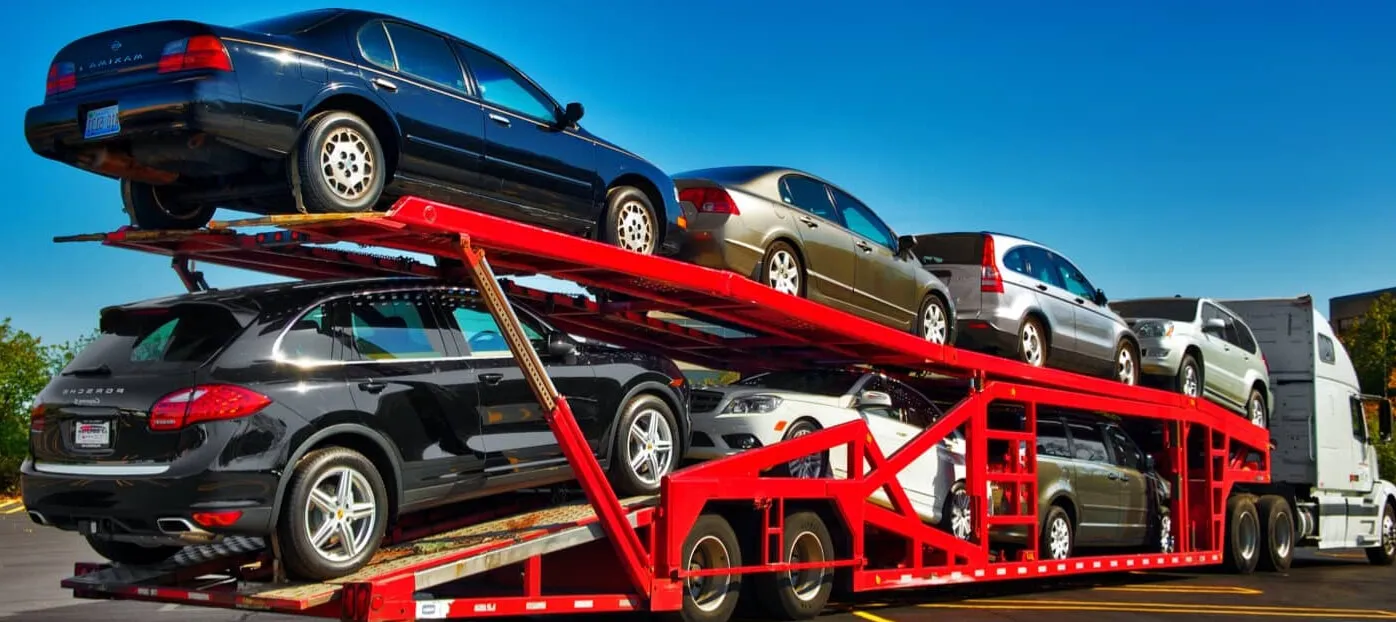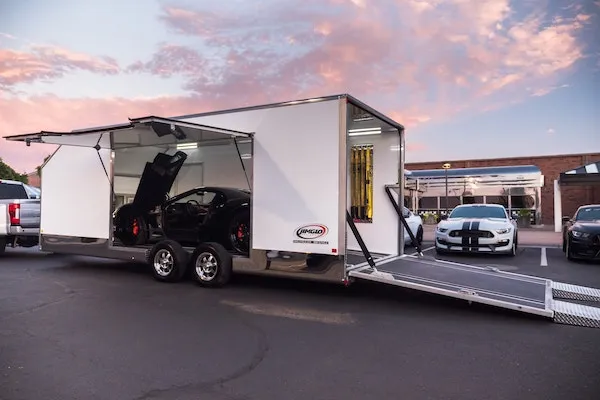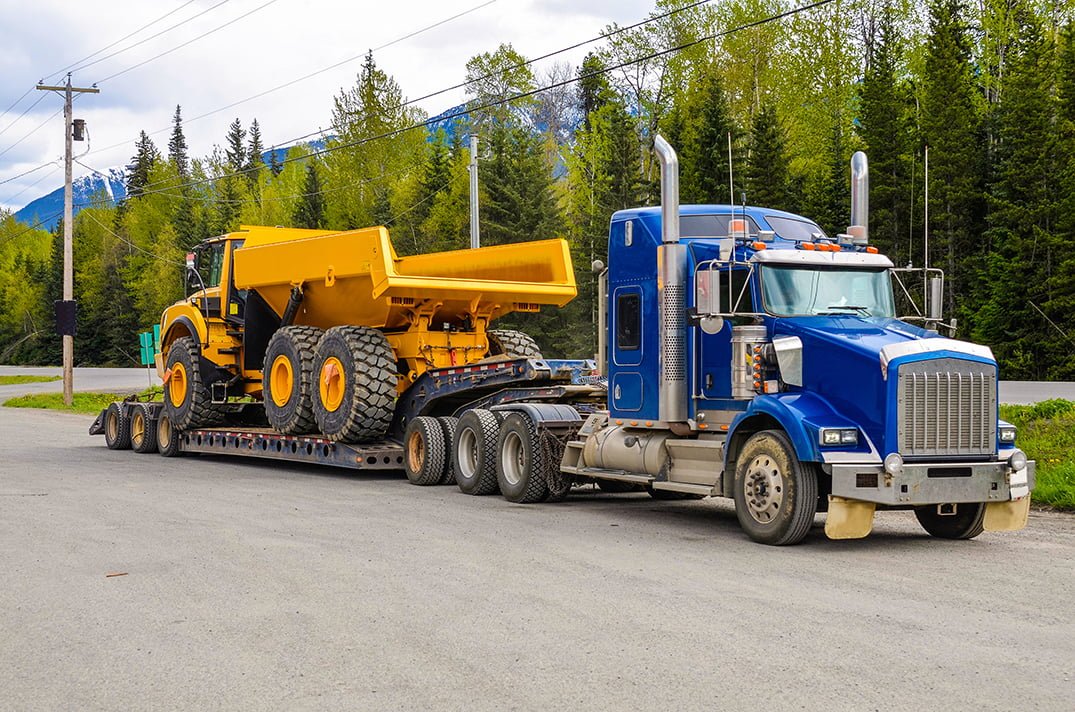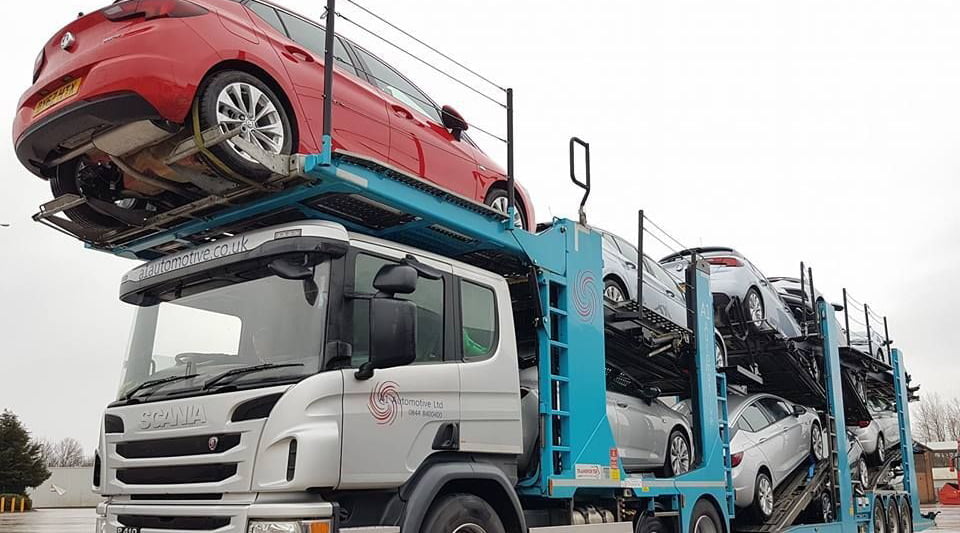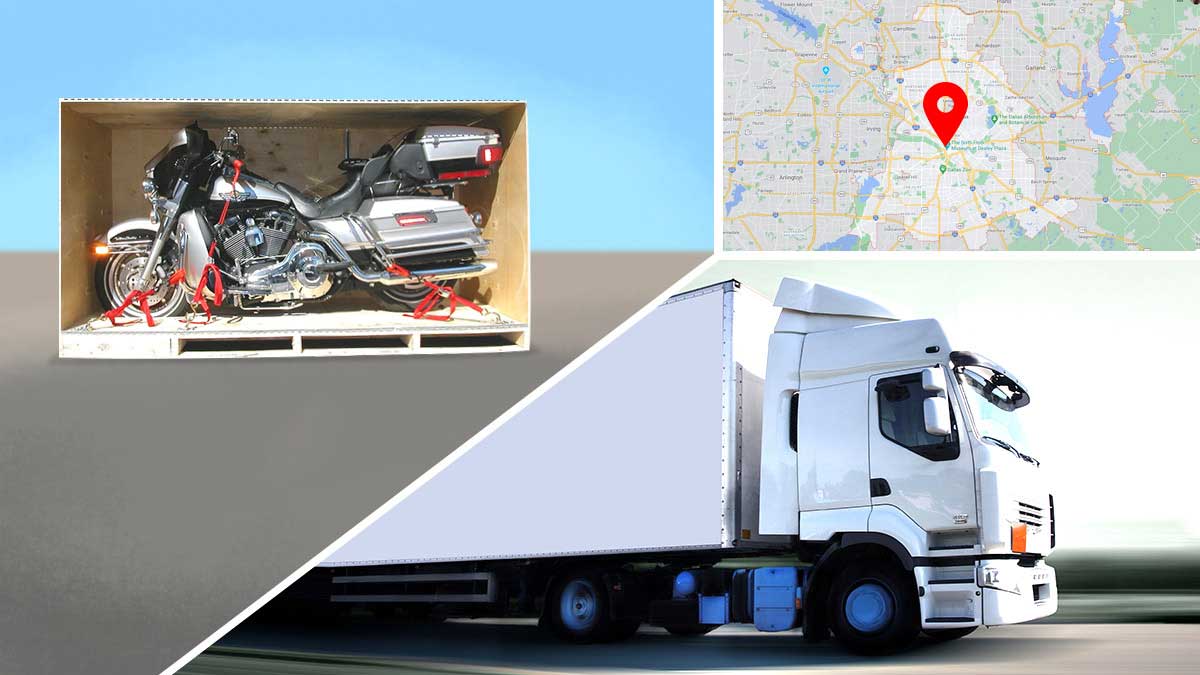Starting your automobile transport journey throughout the US can be both thrilling and scary. If you’re attempting to make your cross-country work easier, purchasing a car from another state, or relocating to another one, it’s crucial to carefully consider your alternatives when managing the complications of car transfer. There are various options, each with its advantages and considerations; these include choosing between covered and open-air carriers as well as terminal-to-terminal or doorstep services.
In this comprehensive guide, we will simplify the intricacies of car shipping inside the United States, giving you insights into various methods, statistical analyses, and crucial components to help you make informed decisions and ensure a smooth journey for your prized vehicle. So, take a seat, and together we will investigate the vehicle transport routes that will result in a stress-free and seamless commute.
Rolling Across America: A Guide to Seamless Car Transport in the USA:
Assess Your Transportation Needs
Before delving into the logistics, assess your specific transportation needs. Are you moving permanently or temporarily? Do you prefer an open-air transport or an enclosed carrier? Understanding your requirements sets the stage for choosing the most suitable method.
Open-Air vs. Enclosed Transport
Open-Air Transport:
Affordability:
Open-air transport is the more economical choice, making it the preferred option for many. According to industry data, approximately 90% of vehicle shipments in the USA use open-air carriers. Open-air transport involves loading your vehicle onto a trailer and exposing it to the elements during transit. While cost-effective, it may expose your car to potential debris and weather conditions.
Enclosed Transport:
Protection:
Enclosed transport provides a higher level of protection against external elements, making it ideal for luxury or classic cars. Approximately 10% of vehicle shipments opt for enclosed transport for added security. Enclosed carriers shield your vehicle from weather, road debris, and potential damage, but this comes at a higher cost.
Choose Between Terminal-to-Terminal and Door-to-Door Services:
Terminal-to-Terminal:
Cost Savings:
Terminal-to-terminal services can be more cost-effective, especially if you’re willing to drop off and pick up your car at designated terminals. Up to 15% cost savings have been reported by customers opting for terminal-to-terminal services.
Door-to-Door:
Convenience:
Door-to-door services offer convenience but may come at a higher price. Over 80% of clients say that door-to-door automobile transportation is more convenient. Your budget and level of readiness to pay for comfort will determine which of these services you choose.
DIY Options: Driving or Shipping?
Driving:
Cost:
Driving your car might seem cost-effective, but consider expenses like fuel, accommodation, and wear and tear. The average cost of travelling across the country can exceed $1,000.
Shipping:
Time and Convenience:
Car shipping offers time efficiency and convenience, particularly for long distances. The auto transport industry in the USA is valued at over $12 billion annually. Choosing between driving and shipping depends on your priorities, time constraints, and budget.
Research and Obtain Multiple Quotes:
Research:
Variability:
Prices for car transport services can vary significantly among companies. Customers who obtain quotes from at least three different companies can save up to 30% on their shipping costs.
Obtain Quotes:
Comparison:
Obtain detailed quotes, compare services, and consider customer reviews for a comprehensive assessment. Researching and obtaining multiple quotes is crucial for finding the most cost-effective and reliable car transport service.
Check for Insurance Coverage:
Enclosed Transport:
Peace of Mind:
Confirm the insurance coverage provided by the car transport company. More than 95% of car transport companies offer insurance coverage for transported vehicles. Having adequate insurance coverage ensures peace of mind in case of any unforeseen incidents during transit.
Consider the Distance:
When planning to transport your car within the USA, the distance plays a crucial role in determining the most suitable method. For shorter distances, open-air transport may offer a cost-effective solution. However, for longer journeys, especially cross-country moves, opting for enclosed carriers could provide added protection against road debris and weather conditions.
Choose a Reputable Transport Company:
Selecting the right transport company is paramount to a successful and stress-free car transport experience. Conduct thorough research, read customer reviews, and seek recommendations to identify reputable companies with a track record of reliability. Ensure the chosen company is licensed and insured, providing you with peace of mind during the transport process. Review the contract terms carefully, understanding payment structures, delivery timelines, and any potential additional charges.
Final Note:
In conclusion, transporting your car in the USA involves a careful evaluation of your needs, preferences, and budget. Whichever option you select for door-to-door, terminal-to-terminal, or open-air shipping, having a thorough understanding of the information and considerations provided in this guide will help you make an informed choice. I believe this relocation will be simple, inexpensive, trustworthy, and ensure that your car will reach its new location undamaged.


